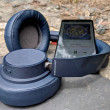Samsung T809 & Nokia Eseries
Oct 13, 2005, 7:00 PM by Rich Brome @rbrome.bsky.social
Hands-on report from the DigitalFocus press event in New York City. Extensive photos and info on the Samsung T809 slim slider and the feature-packed Nokia Eseries business smartphones.
Intro
Last night at a press preview event for the DigitalLife trade show in New York, T-Mobile and Nokia previewed several very exciting new high-end phones.
T-Mobile was showing off the Samsung T809, a feature-packed and extremely thin slider phone. With its slim profile, advanced features, and high-quality feel, the T809 is clearly designed to compete with Motorola's popular RAZR.
Meanwhile at the Nokia table, the just-announced Eseries was on display. These business-oriented smartphones redefine the top end of the market with a dizzying array of features, and form factors that will provide good competition for the new Windows Mobile smartphones hitting the market over the next few months.
Samsung T809
As these things go, the Samsung T809 has been an unusually well-kept secret. But now the veil has been lifted, and it seems Samsung has taken off the gloves in its fight against Mototola's runaway-hit RAZR. The T809 matches the thin profile, sleek look, and solid feel of the RAZR, but jumps way ahead with more advanced features and the increasingly-popular slider form factor. Although the forthcoming RAZR 2 will catch up in some ways, it's hard to say if it will be enough to best the T809.
The vital stats on the T809 are impressive. 0.58 inches thin. MP3 music player. EDGE high-speed data. Bluetooth. Quad-band GSM. 70 MB of memory, plus a microSD (TransFlash) memory card slot. The T809 even supports mass storage mode, meaning you can simply plug it into your PC and drag-and-drop files to and from the memory card with no special software.
And then there's the gorgeous QVGA display, supporting 262,000 colors:
The T809 feels great in hand. The build quality is top-notch, including the smooth-as-silk - yet rock-solid - spring-assisted sliding mechanism. Although the buttons don't have perfect ergonomics, they're perfectly usable. The rotating camera is tricky to rotate, but since you only need to do that for self-portraits, it should only be a problem for the truly narcissistic.
Like the RAZR, the T809 achieves its svelte figure by spreading out a bit in the other dimensions, so it's bit wider and taller than some other phones. But if sales of the RAZR are any indication, most people won't mind.
Unfortunately, we didn't have a RAZR on hand for comparison, but lo and behold there was a Motorola PEBL at the T-Mobile table. T-Mobile reps confirmed that T-Mobile will carry the PEBL soon.
The T809 camera took some very disappointing sample pictures when we tried it. The detail was there, but the color and contrast were seriously lacking. That doesn't mean much, though, since it was only a prototype and camera quality is often tweaked at late stages in phone development.
More impressive was the video functionality, which is capable of recording at high frame rates and high resolutions, including QVGA (320 x 240) and CIF (352 x 288). It worked as advertised when we tried it. There was heavy blurring with anything but the slowest motion, but again that could have just been a prototype issue.
T-Mobile expects to launch the T809 in time for the holidays. The T-Mobile price will be $249 with rebate.
One last note about the T809... we can't help but be reminded of the T-Mobile-branded E865 we spotted back in January at CES. Since the features are so similar, we would guess that someone at T-Mobile or Samsung said "let's do that, but make it RAZR-size". Surely the result of such a conversation would be the T809.
Nokia E70
The Eseries is Nokia's new line of flagship smartphones for business users. All three phones in the initial trio feature what can only be described as maximum connectivity. Wi-Fi, Bluetooth, EDGE, WCDMA, memory card slots, and VoIP are all standard. Two of the three - the E61 and E70 - will even include GSM 850 for those of us in the States.
The E70 employs the same flip-keyboard design as Nokia's 6800 series, such as the 6800 and 6820. The downside of the 6800 was always the small display and lack of a smartphone OS. The E70 addresses both issues, although not without compromise; the E70 is not a small phone. As you can see from the last photo above, the E70 is no smaller than the infamously big-boned N90. At least the E70 includes a roomy QWERTY keyboard to justify its bulk. To its credit, the E70 is considerably more pocket-friendly than the 9300.
Also standard for the whole Eseries are very-high-resolution displays. While many other manufacturers are just rolling out QVGA displays, Nokia is expanding its portfolio of phones with amazing 352 x 416 pixel displays. Nokia's first phone with such a display was the N90, but these type of displays really shine (no pun intended) on business-oriented phones like the E70, where the extra detail really makes a difference for email, web browsing, and viewing/editing documents.
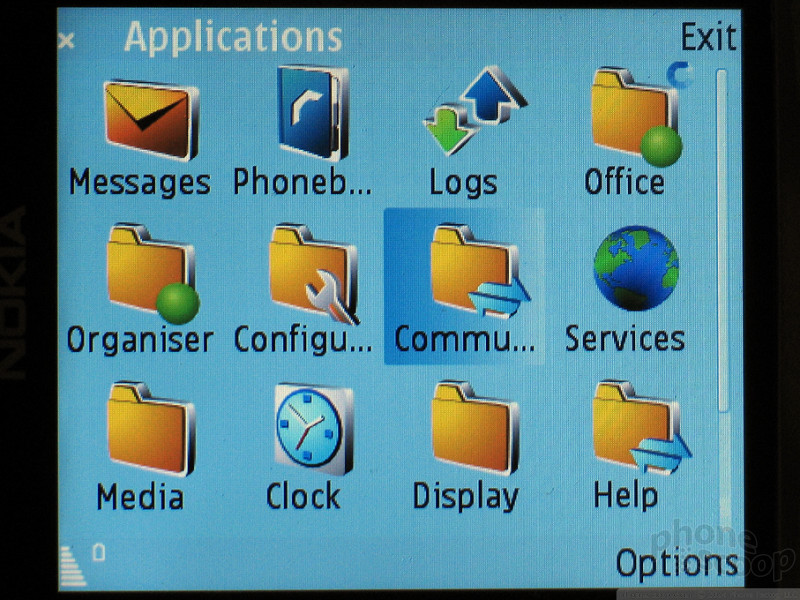
One very interesting feature of the new Series 60 OS is the ability for softkeys to be located on the side of the display instead of the bottom. While the N90 employs this feature for camera mode, the E70 puts it to use any time the phone is used in landscape (keyboard-open) mode. This is an interesting difference compared to Windows Mobile devices, which require an extra set of softkey buttons for landscape mode.
The E70 has a great keyboard. The keys are similar in shape to the latest Pocket PC smartphones from HTC, including the PPC-6700, the Universal, and certain versions of the Wizard. In all cases, square keys form a grid with no separation between them, yet the keys are "domed" enough in the middle to make them easy to feel.
(Be sure to check out the second photo above for an interesting error message we stumbled upon.)
Unfortunately, we weren't able to try the camera as it wasn't working on the prototype on hand, but with two megapixel resolution, it shouldn't be too bad.
We were able to check out the hot-swappable miniSD memory card slot, though. Unlike the slots on most phones that require deft manipulation with a long fingernail, the slot on the E70 has a nice big cutout that makes it a pleasure to change the card. The result is that - even though the E70's slot is under the battery cover - it's actually easier and faster to change the card in the E70 than most phones with an external slot.
The E70 will also be available in a black version.
Nokia E61
The E61 is clearly Nokia's "BlackBerry killer", just like the Q is Motorola's attempt to go after the same market. The E61 and the Q have striking similarities. In fact, one can't help but wonder what kind of corporate espionage might have gone on during the development of each product, and which one came first. It's not safe to assume that the E61 is copying the Q just because the Q was announced first; both should reach the market around the same time, so their development timeframes were likely neck-and-neck.
Both the E61 and the Q are very thin and have an internal antenna, landscape QVGA display, Bluetooth, and a QWERTY text keyboard. The Q has a camera and scroll wheel, but otherwise the two phones are eerily similar.
But the Q is not the E61's only competition. In fact, the E61 will join what is quickly becoming an extremely crowded market of do-everything smartphones with slick form factors and QWERTY keyboards.
One such competitor will definitely be the new Palm Treo with Windows Mobile, as well as the existing Treo 650. Like the 650, the E61 has quad-band GSM and EDGE.
The one big advantage of the E61 over the Q and the Treo is Wi-Fi. That could be the one thing that tips the scales in favor of the E61 for many buyers.
The E61 keyboard looks pretty standard for a QWERTY smartphone. Unfortunately, it could use some more time in the user-testing lab. Despite the keyboard being larger overall, I found that the shape of the keys made it harder to type on than similar-sized and even smaller keyboards I've tried lately, including the Treo.
Nokia E60
The last new Eseries phone is the E60. It's not headed for the US specifically, although I don't expect many people to be upset about that. The reason is the relatively large size, and a feature set that will only appeal to a very niche market.
The E60 is a brick. People say that about a lot of large phones, but the E60 honestly feels more brick-like than any phone I've held before, due to its very boxy shape. The large size is rather puzzling considering it has no camera, text keyboard, nor hard drive to justify its bulk.
The market for the E60 seems to be business folks who need a powerful smartphone with Wi-Fi, but don't want a camera. Of course, that also describes the E61, which has the considerable advantage of a QWERTY keyboard.
The one thing the E60 does have going for it is the display. With 352 x 416 pixel resolution and 16.7 million colors, (yes, you read that right,) it actually has the best display (spec-wise) of absolutely any phone or smartphone in the world. I'm not quite sure why Nokia put a 16.7 million-color display in a phone that isn't even a camera phone - it really would have made more sense in the N90, for example - but how can anyone complain that a display is too good?
One extremely frustrating thing about Nokia's current lineup is the insane number of different memory card formats represented. With the recently-announced 6200 series - and now the E61 and E70 - it looked like Nokia was finally settling on miniSD as a standard format. But then they announced the 3250 with a microSD slot, and now the E60 is the odd man out in the new Eseries with RS-MMC instead of miniSD.
With current phones using MMC, RS-MMC (both 3v and 1.8v), miniSD, and microSD, Nokia is far and away the worst offender in the memory card format wars. Their simultaneous support of so many mostly-incompatible formats is splintering the market and creating confusion among consumers. That's normally something said about competing companies, but for Nokia to do it - and to such an extent - within its own lineup is just absurd.
But I digress...
The Eseries is an exciting development, and a serious shot across Microsoft's bow in the smartphone wars. Since the Eseries starts with relatively low numbers compared to the Nseries, (topping out at 70 for now, compared to 90 for the Nseries,) we assume that Nokia has even better Eseries phones already in the works. Given the amazing feature set of the E70, it's tantalizing to imagine what an E80 or E90 might look like.
Comments
Unbranded Samsung RAZR?
Good and bad...
But that E61 with the keyboard looks really great! Can't beat that screen...
Invader J said:
Pity that T-Mo gets that T809 when it's the worst carrier in terms of reception in the US (at least in every major city I've been in).
🙄
It's getting old.
Invader J said:
Pity that T-Mo gets that T809 when it's the worst carrier in terms of reception in the US (at least in every major city I've been in).
It is a pity, right? Cingular should have definately gotten the ...
(continues)
(continues)
Nokia E60
jwbass1985 said:
Is it fair to say that the Nokia E60 looks exactly like the Sony Ericssson T610/T637 series phone...?
I don't think the word "brick" was ever used to describe the T-series.
(continues)
When And Where?
Nice job.
- I don't know if its a sign that the two of you have amped up your coverage or just a coincidence that several things have happened around the same time, but you guys have put out several good articles recently highlighting upcoming releases and gave an in-depth review of the e815 with your usual panache and style. I just wanted to say good work, and that I like the fact that there is a new article every couple of days. They truly are the highlight of the site.


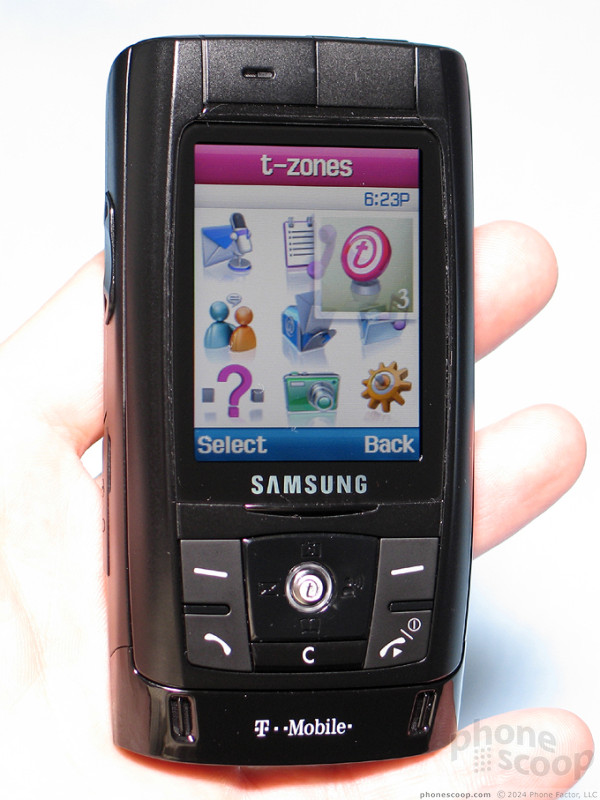
















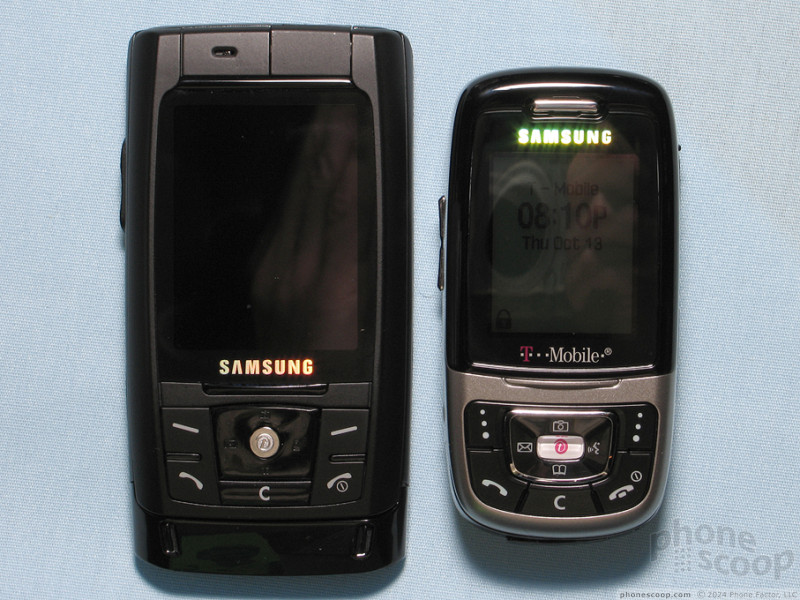









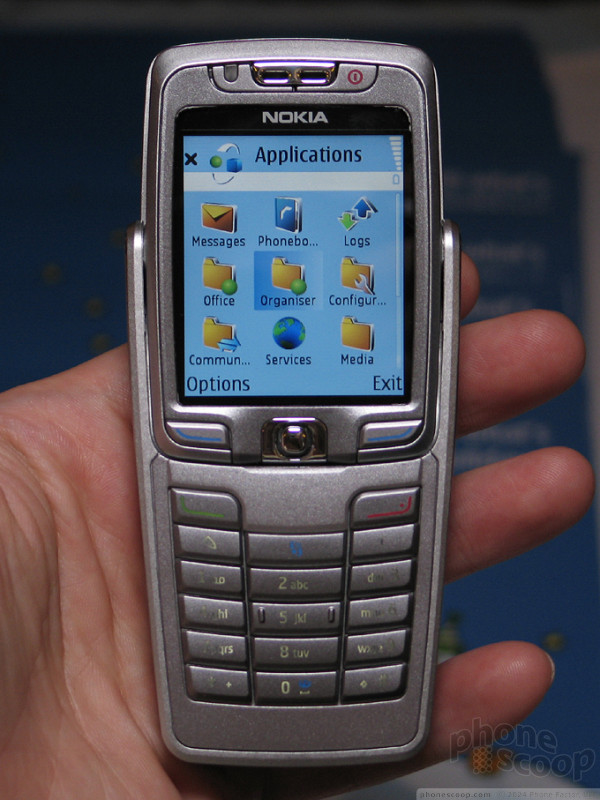








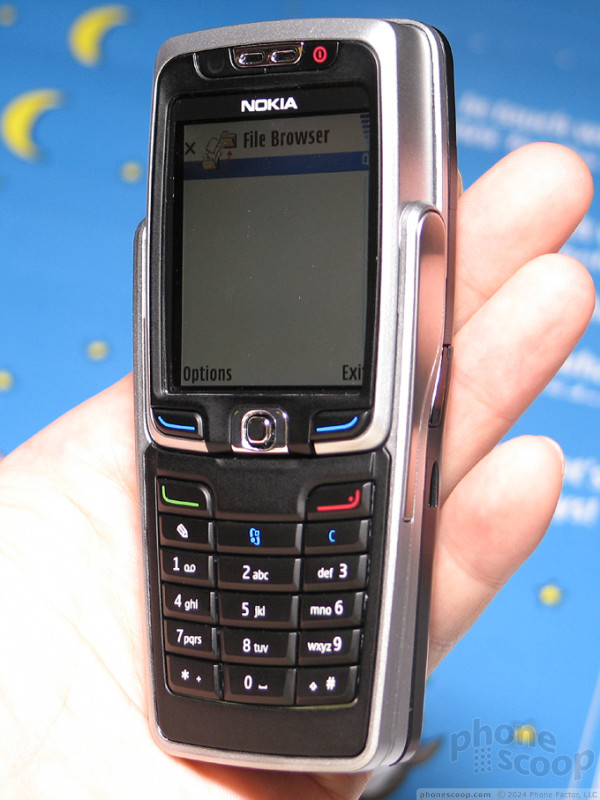
















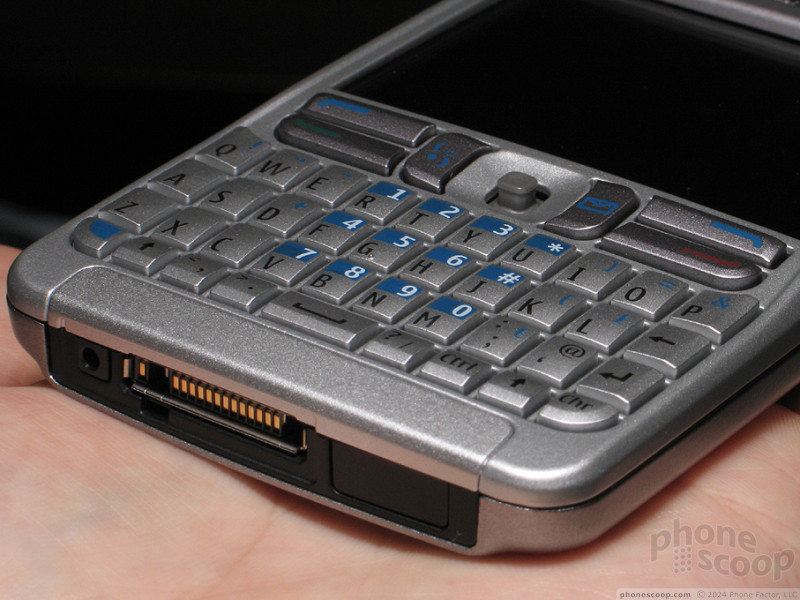


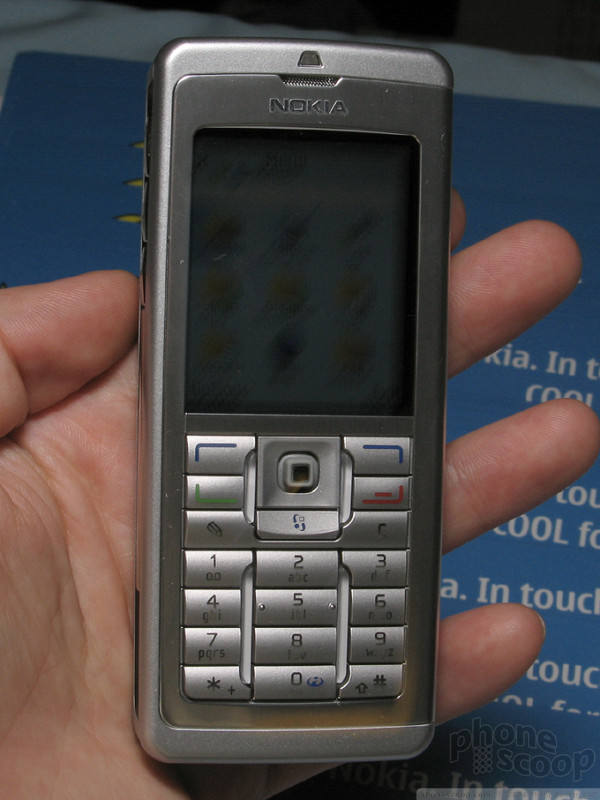





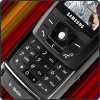 Review: Samsung T809
Review: Samsung T809
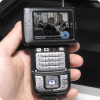 CES 2006
CES 2006
 Nokia Announces Eseries for Business
Nokia Announces Eseries for Business
 iPhone 15 Series Goes All-In on USB-C and Dynamic Island
iPhone 15 Series Goes All-In on USB-C and Dynamic Island
 Samsung S24 Series Adds More AI, Updates the Hardware
Samsung S24 Series Adds More AI, Updates the Hardware
 Samsung SGH-T809 / SGH-D820
Samsung SGH-T809 / SGH-D820
 Nokia E62 / E61
Nokia E62 / E61
 Nokia E70
Nokia E70
